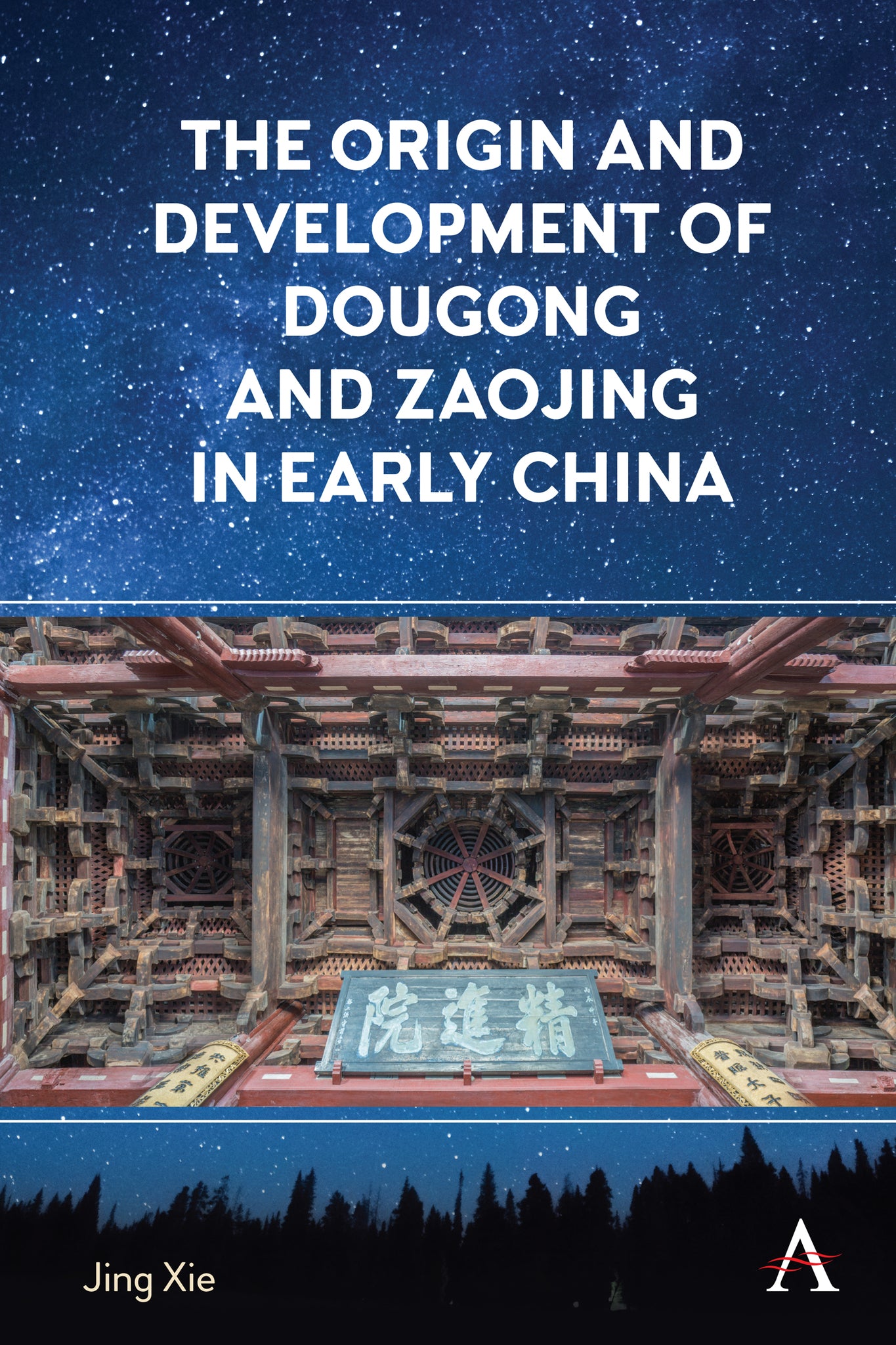We're sorry. An error has occurred
Please cancel or retry.
The Origin and Development of Dougong and Zaojing in Early China

Some error occured while loading the Quick View. Please close the Quick View and try reloading the page.
Couldn't load pickup availability
- Format:
-
04 April 2023

This book focuses on two significant architectural elements in traditional Chinese buildings, that is, Dougong and Zaojing. Dougong is a bracket set often sitting above columns and beams as a key component in the great buildings and tombs of imperial China. Zaojing is a special structure sunken into the ceiling, often profusely decorated with carvings and colorful paintings in various motifs. The book inquires about the origin of Dougong and Zaojing in the Chinese Bronze Age, and their heavenly interpretations in the Han dynasty (206 BCE–220). Compared to their later technically oriented development during the Tang to the Qing dynasties (c. 618–1912), and their preservation and innovative reinterpretation in modern times, the rich cultural meanings originally embodied in Dougong and Zaojing have almost disappeared.

ARCHITECTURE / History / Ancient & Classical, History of architecture, ART / Asian / Chinese, HISTORY / Asia / China, History of art, Asian history

“Multidisciplinary in approach and content, this book provides a succinct and visually striking presentation of dougong and zaojing, two iconic features of traditional Chinese architecture. Jing XIE’s narrative and abundant visual material will be of great interest to undergraduate and graduate students who often struggle to fully understand their significance” — Ronald G. Knapp, SUNY Distinguished Professor, Emeritus, State University of New York, New Paltz
Acknowledgments; Prologue; Searching for the Origin of Dougong in the Chinese Bronze Age; The Development of Column and Bracket Sets in the Han Dynasty; The Origin and Development of Zaojing; Epilogue; Bibliography; Index



